Reach
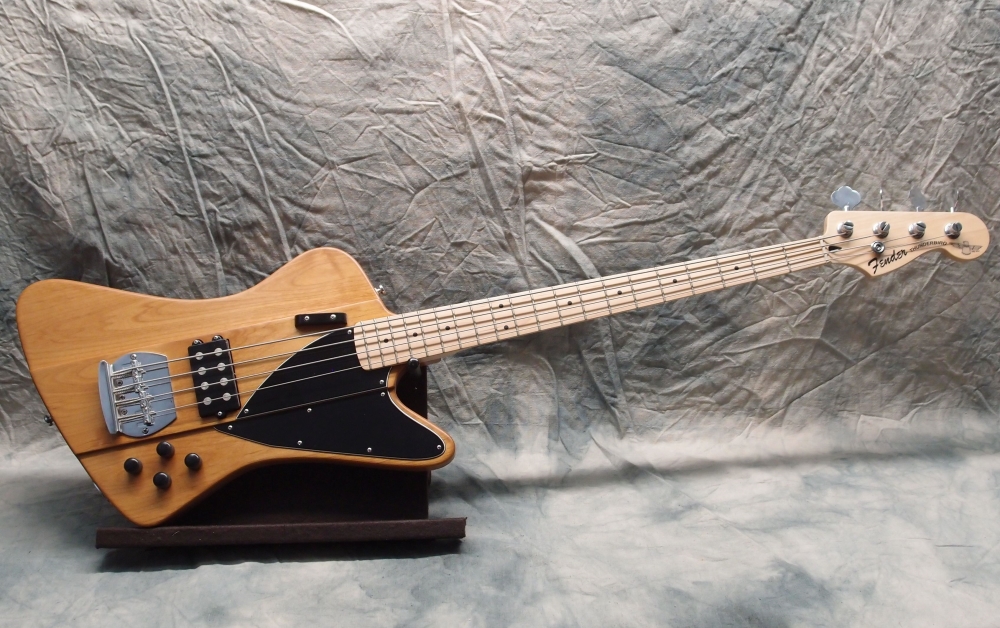
I once got to thinking about this, and it seems to me there are two important measures that will let you compare "reach" between different guitars. The first is the distance from the upper strap button to the first fret, along the neck. This you could call "standing reach". The other is the distance between the first fret and the middle of the lower curve. This would be "sitting reach".
On a ~25" scale guitar, it makes little difference, everything is in easy reach. On a full-scale bass, it can matter a lot. An easy way to judge it is by comparing the location of the strap button to the octave. If it is somewhere near the 12th fret, it is probably ok, but if it is significantly further up the neck, reach is likely to be an issue. That is why Fender invented the 'horn'. A 34" bass without a horn is going to be a difficult and uncomfortable reach to the first fret for most people. This is one of many reasons why Steinberger's original design sucks.
So with a 34" scale, for best playability, you are stuck with some variation of the basic long-horned P-bass body. Look at the market - almost everything derives from that shape. There are exceptions, like the Thunderbird, which just prove the point. Of course, now someone is going to come along and say "I like the way my Steinberger/Thunderbird/other-bad-design plays." That just proves that you can get used to anything.
If you go to a shorter scale, things are much more relaxed. A 32" with a horn feels like nothing at all, and even without a horn it is not too bad. Drop to 30", and you can do anything you like. I've placed the strap button behind the neck at the 15th fret, and reach is no issue at all.
Related to reach is weight and balance. A heavy long-scale neck is going to need a heavy body for a counterweight, and a long horn for a fulcrum. You can build a lightweight long-scale, but it will likely have a very poor feel and the dreaded "neck dive." Again, Steinberger - what happens when the designer doesn't use what he designs. Short-scales, on the other hand, lend themselves to a wide range of body styles and weights, not much different from a six-string guitar.
That is why I never fitted a 34" neck to a Strat body - it would be all out of whack. Besides, that would basically be a Precision, just not as good. I have built some 24-fret 30"-neck Strats, that require some stretching, but don't balance too badly, as the guitar-sized neck and headstock are much lighter than a regular bass. A 24-fret 30-inch neck is roughly the same length as a 20-fret 34-inch neck.
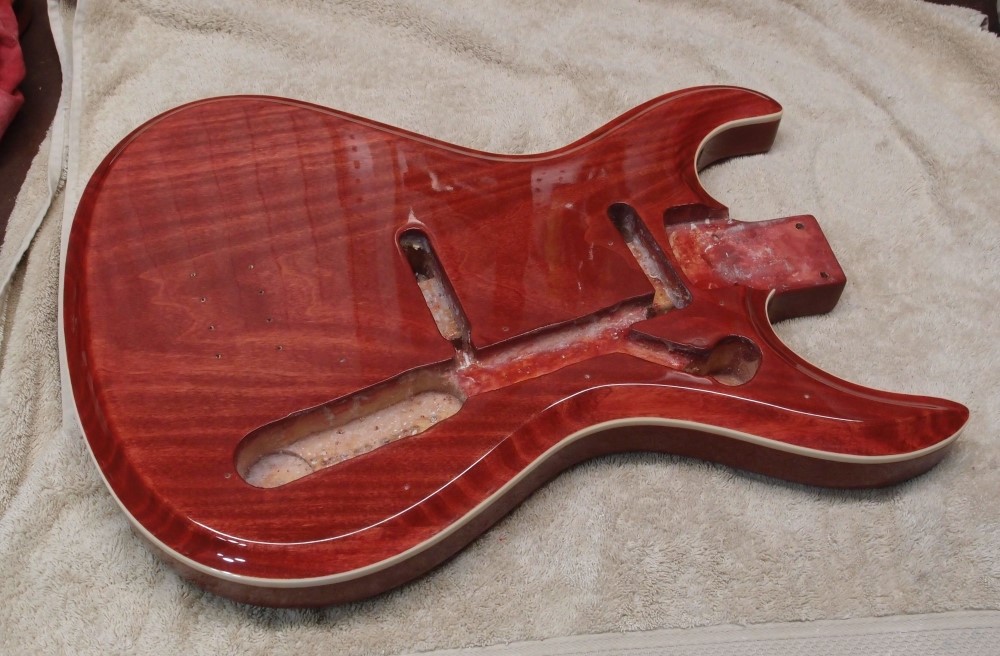




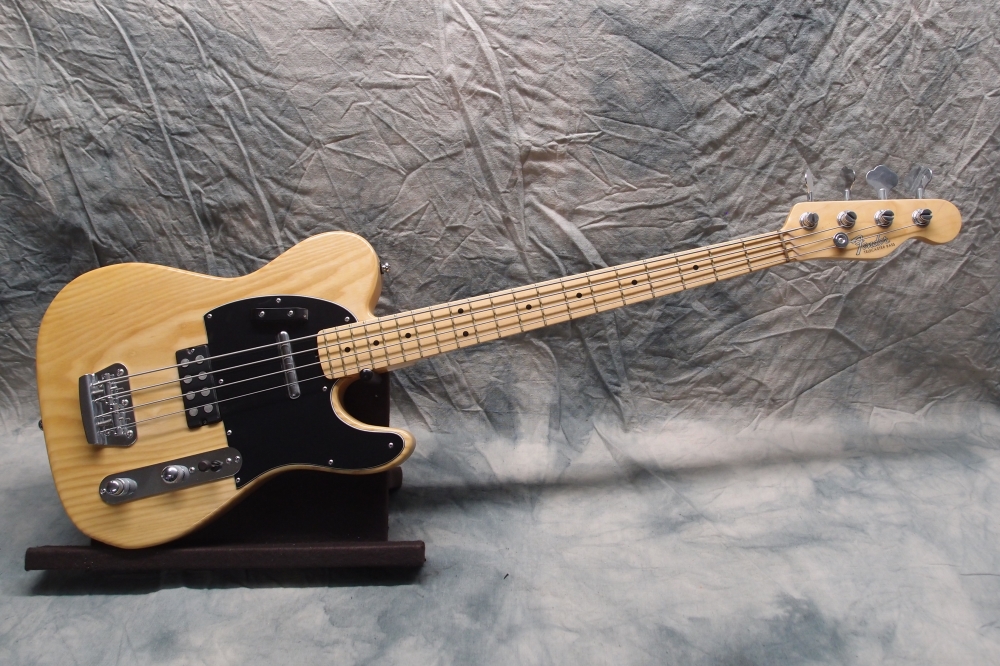
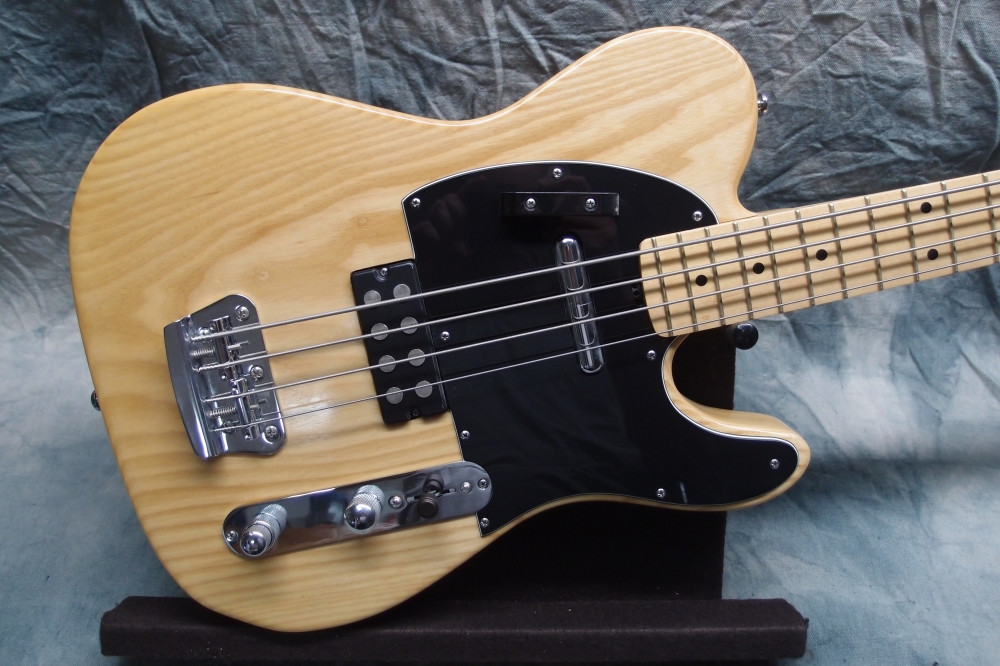
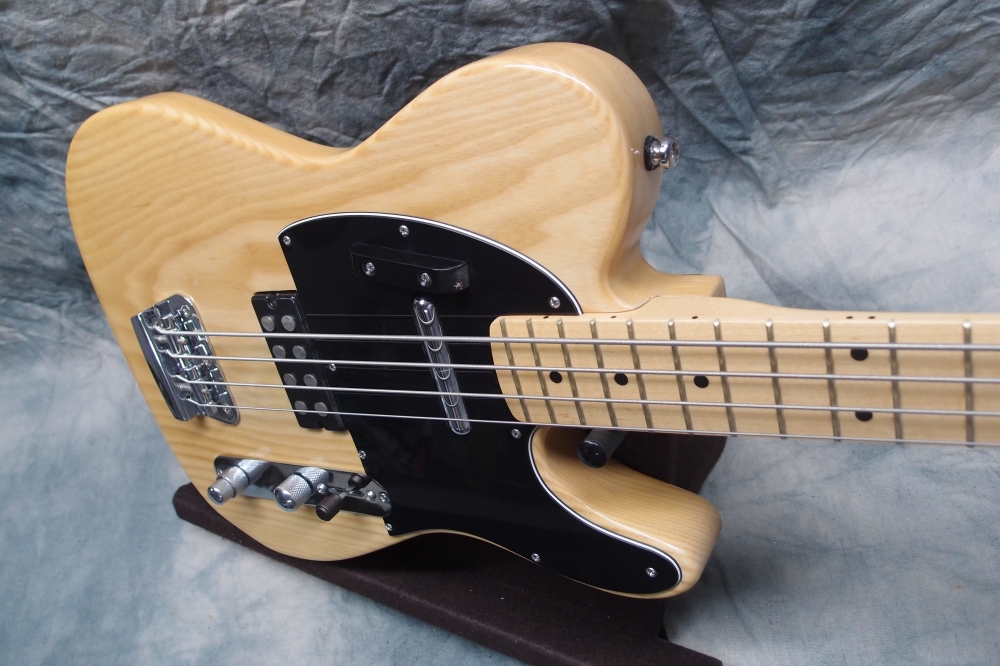
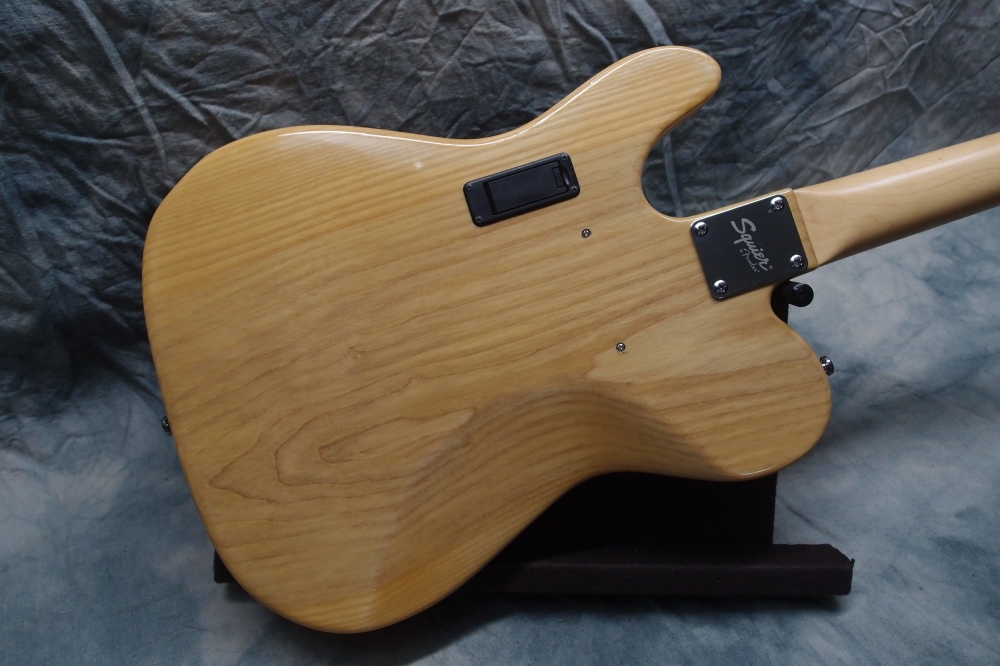
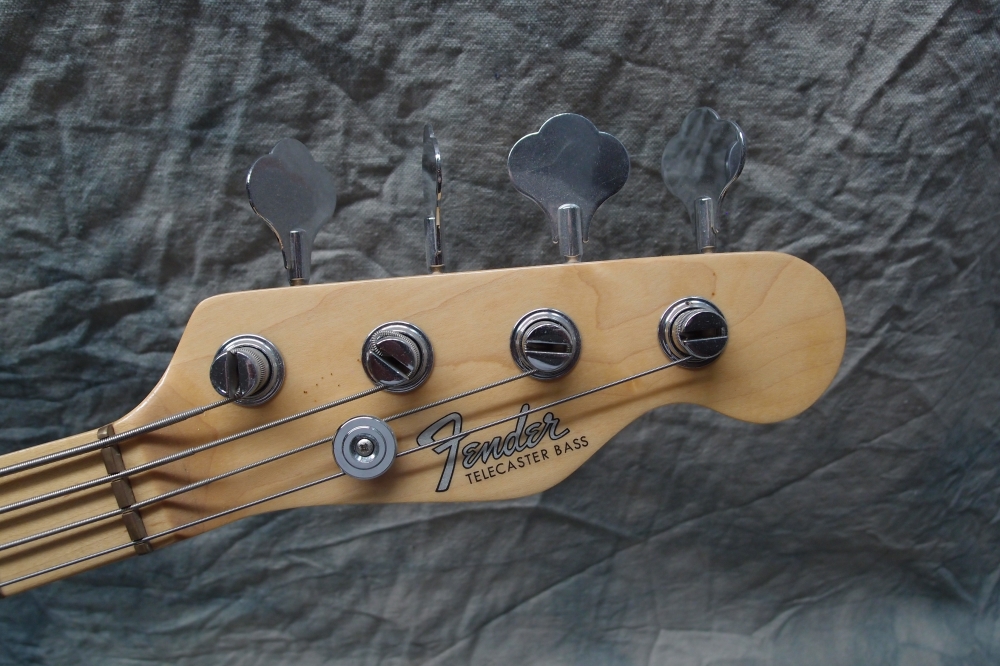
Questions or Inquiries?
Just want to say Hello? Sign the .